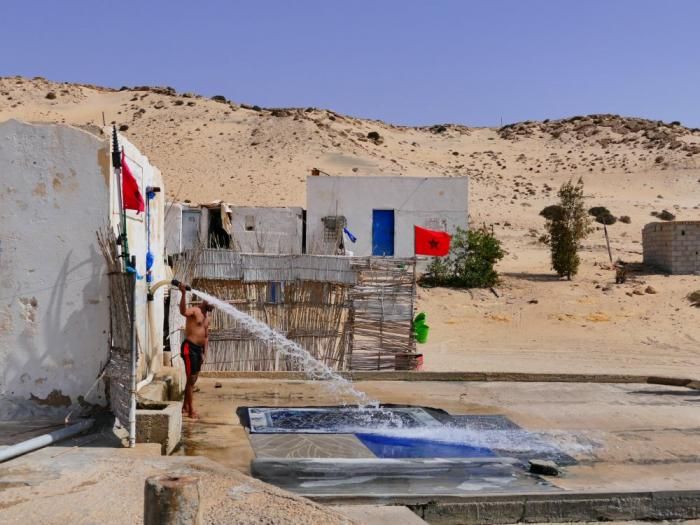Western Sahara is a disputed territory on the northwest coast and in the Maghreb region of North and West Africa, partially controlled by the self-proclaimed Sahrawi Arab Democratic Republic and partially occupied by neighboring Morocco.
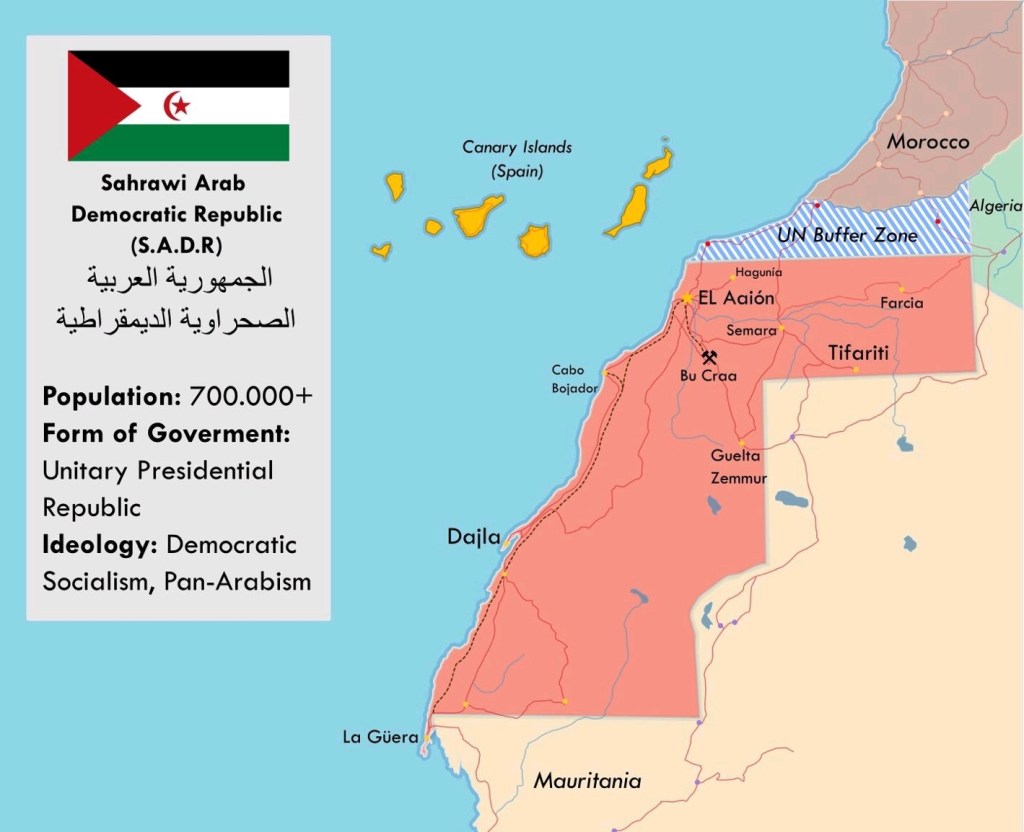
The territory continues to have an unresolved legal status and the Moroccan Government administers Western Sahara’s economy, acting as a key source of employment, infrastructure development, and social spending in the territory. The disputed territory borders Algeria, Mauritania and Morocco. Spain is reachable by boat. Western Sahara has been on the United Nations list of non-self-governing territories since 1963 after a Moroccan demand. In 1965, the UN General Assembly adopted its first resolution on Western Sahara, asking Spain to decolonize the territory and in 1975, Spain relinquished the administrative control of the territory to a joint administration by Morocco (which had formally claimed the territory since 1957) alongside Mauritania.
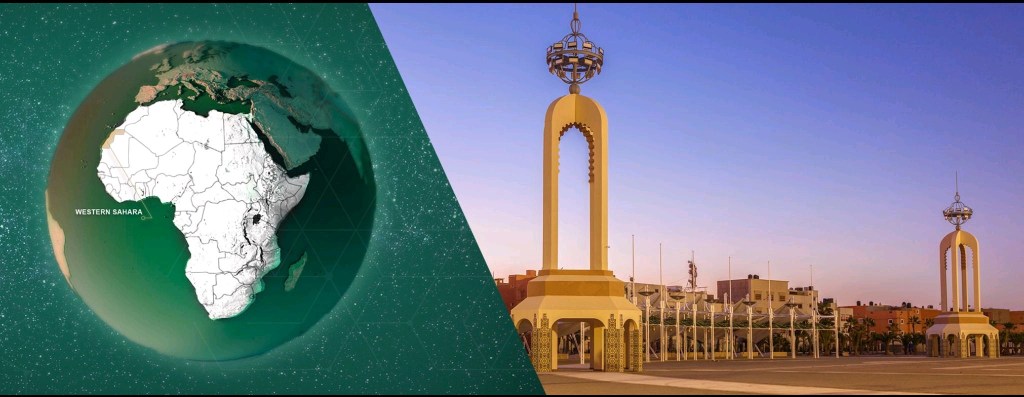
A war erupted between those countries and a Sahrawi nationalist movement, the Polisario Front, which proclaimed the Sahrawi Arab Democratic Republic (SADR) with a government in exile in Tindouf, Algeria. The United Nations considers the Polisario Front to be the legitimate representative of the Sahrawi people, and maintains that the Sahrawis have a right to self-determination. Not much economic data exist on the territory of approximately 587,655 people. Most of the data that exists is included in Moroccan economic data. Western Sahara has a small market-based economy whose main industries are fishing, phosphate mining, tourism, and pastoral nomadism. The territory’s arid desert climate makes sedentary agriculture difficult, and much of its food is imported.
Travelling to Western Sahara
Visas: You do not need a separate visa to enter Western Sahara, though you will need a Moroccan visa. At the border between Morocco and Western Sahara, you may have your passport checked, but it will not be stamped. See the visa requirements for Morocco.
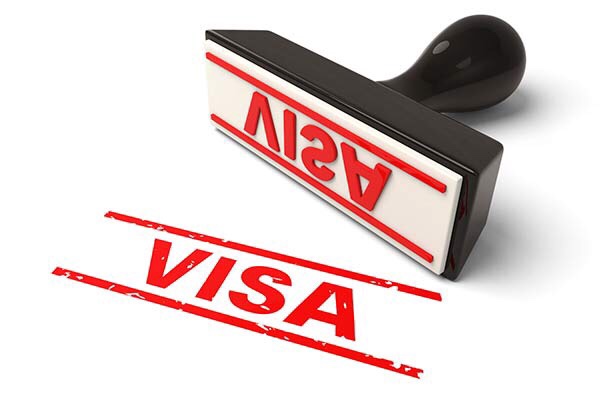
Transportation: It is best to hire your own vehicle and driver if you are planning on traveling around Western Sahara or across borders between Western Sahara and Morocco. Roads in Western Sahara are usually not in very good condition, and many are unpaved.
Buses run regularly between Marrakech and other Moroccan cities to major towns in Western Sahara. There are also ground taxis, which are small minibuses, that take passengers between several of Western Sahara’s largest towns; travel in ground taxis is far from comfortable, though.
If you’re flying into Western Sahara, the easie
st way is via Morocco. Fly Royal Air Maroc into El Aaiún or Dakhla from Casablanca or Agadir.
Mobile Phones: Few land lines and even fewer mobile phones are available in Western Sahara. It is unlikely that mobile phones with international plans will work here, especially areas far from Morocco.
Currencies: most widely used in Western Sahara is the Moroccan dirham (MAD), though in some areas the Algerian dinar (DZD) and Mauritanian ouguiya (MRO) are used. We suggest having enough cash of all currencies with you before you cross into Western Sahara
Attractions In Dakla
The second biggest city of Western Sahara (not many others after that), Dakhla has plenty of things to do. You can go surfing in one of the many watersport schools of the city. You could go golfing in the desert as it has a golf court. Dakhla also has a few bars to unwind which is a rarity in Western Sahara.
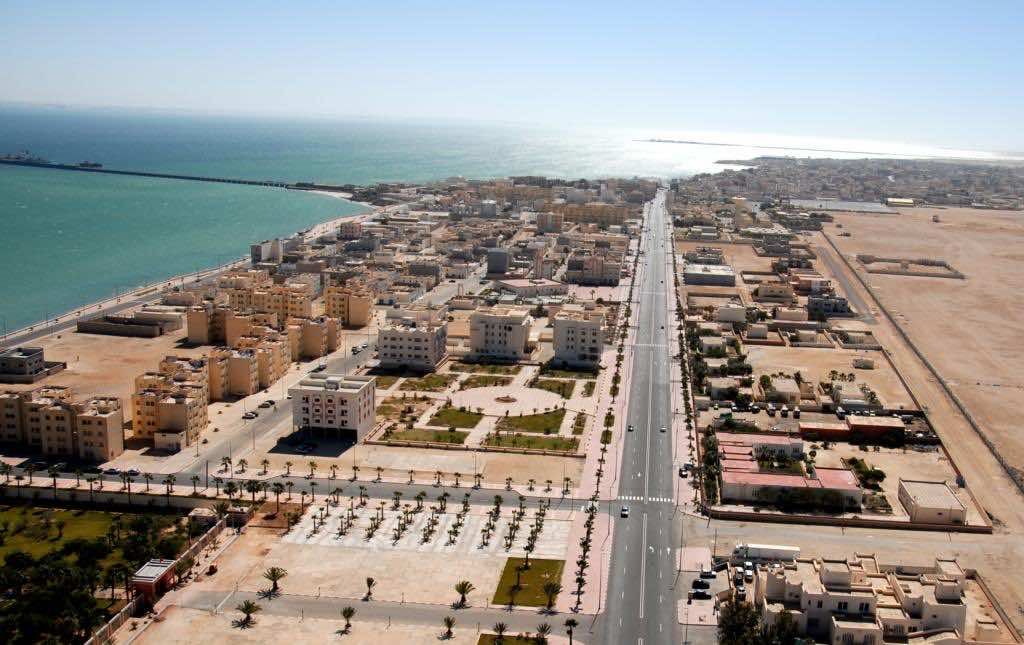
The White dunes: is basically desert surrounding by water. This has polished the sand grains and created an incredible sight as the dune is all white and massive. You can climb up the dune to enjoy the view and try to spot the local flamingos. Here too, you can expect your driver to whip up a nice cup of tea for you.
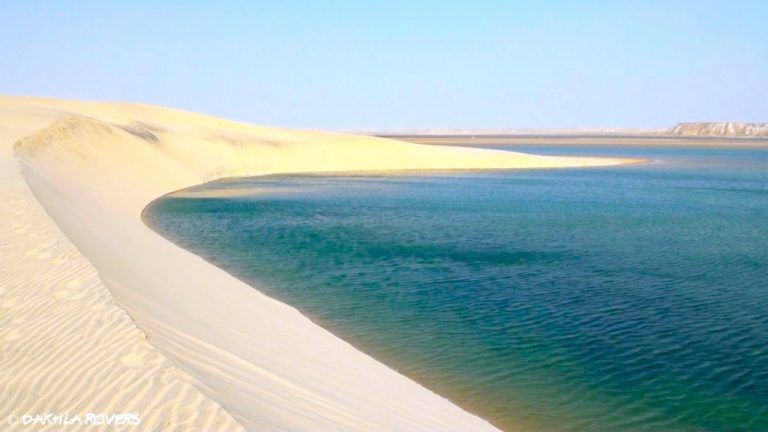
The Ostrich farm: Dakhla has a big ostrich farm. While you can’t ride the ostriches like in North Korea (we’re working on it and trying to convince the owners), you’ll be able to play with the big birds. You can get them to bite your finger if you’re brave enough.
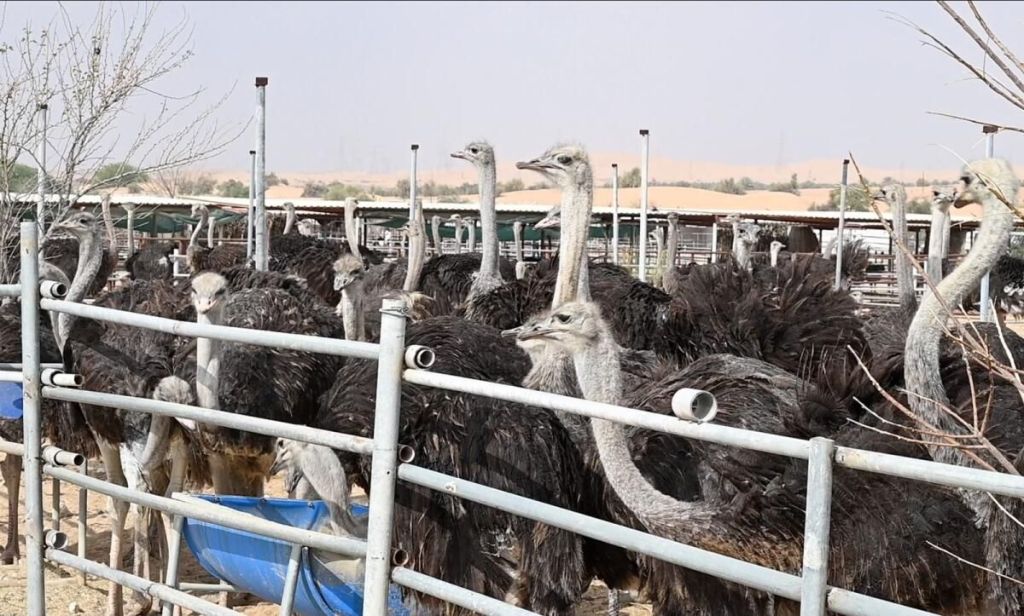
The hot spring: When it comes to thermal spring, Dakhla does it in a very interesting way. Don’t go thinking Japanese onsen and chilling… Here, the hot spring is under the ground and linked to the surface by a massive hose. The locals see it as a therapeutic massage. You’ll undress to your undies (believe us, they’ll dry quickly, it’s the desert) or change into swimwear (booo!) and a local will blast you with a high pressure jet, massaging your back and your front with sulfur-rich water. The jet is very strong but doesn’t hurt. The funniest part is the end of the treatment, when the man asks you to stand up and you get pushed away by the blast.
